Well, ladies and gentlemen, we are sure that you guys might have enjoyed our previous three lists on the amazing planes of World War II. Unfortunately like many good things in life, this journey of information comes to an end as well.
Still, we have saved the best of the best for our last list and surely some of them are going to amaze you. So without any further wait, we present to our readers amazing planes of World War II (part 4).
IAR 80

While it still remains unmentioned in the World War II history, Romania did play its own part in the war and it was on the Axis side. Romania developed their own fighter plane by the name IAR 80 which is thought by most historians to be developed due to Romania’s own rich cultural history as an influence.
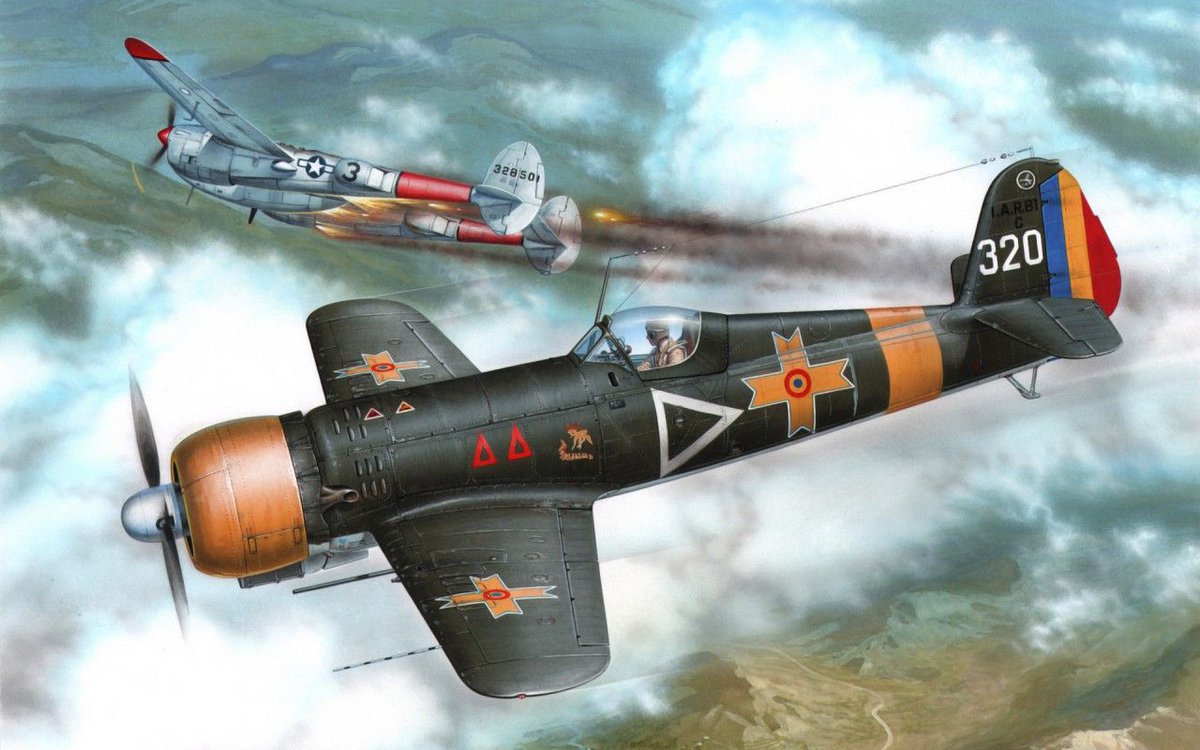
The IAR 80 was developed by the Industria Aeronautică Română (IAR) back in 1941 that served until the end of World War II. It started off a little shaky in its performance during its early few months but later on, it proved to be a high maneuverable and a robustly designed aircraft that with its lightning fast attacks could pack quite a punch to the enemy.

The IAR 80 had an all-metal monocoque design along with an elongated body that allowed it to be a fast fighter with the ability to make quick turns and banks.
As for the dogfighting ability of the IAR 80, it was raised too many times that of an ordinary fighter due to its bubble canopy to provide the pilot with clear visibility. All of this when combined with its top speed of 347 mph, it made the IAR 80 a small yet powerful and fast fighter. The aircraft was armed with 2 of the 210mm cannons along with 4 7.62 mm machine guns if the aircraft was approached by the enemy fighters from close quarters.
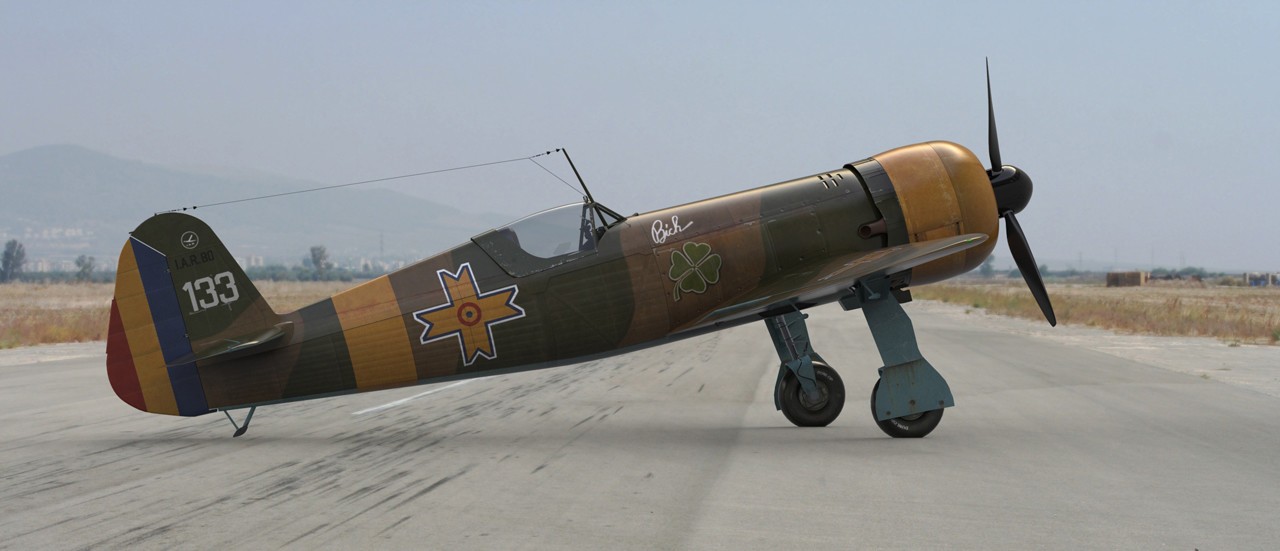
Sadly no World War II era IAR 80 remains today as after the Axis powers got defeated, all of the remaining IAR 80s were scrapped. Still, two of the IAR 80s were built after the war and they are on display at Romanian museums.
Vought F4U Corsair
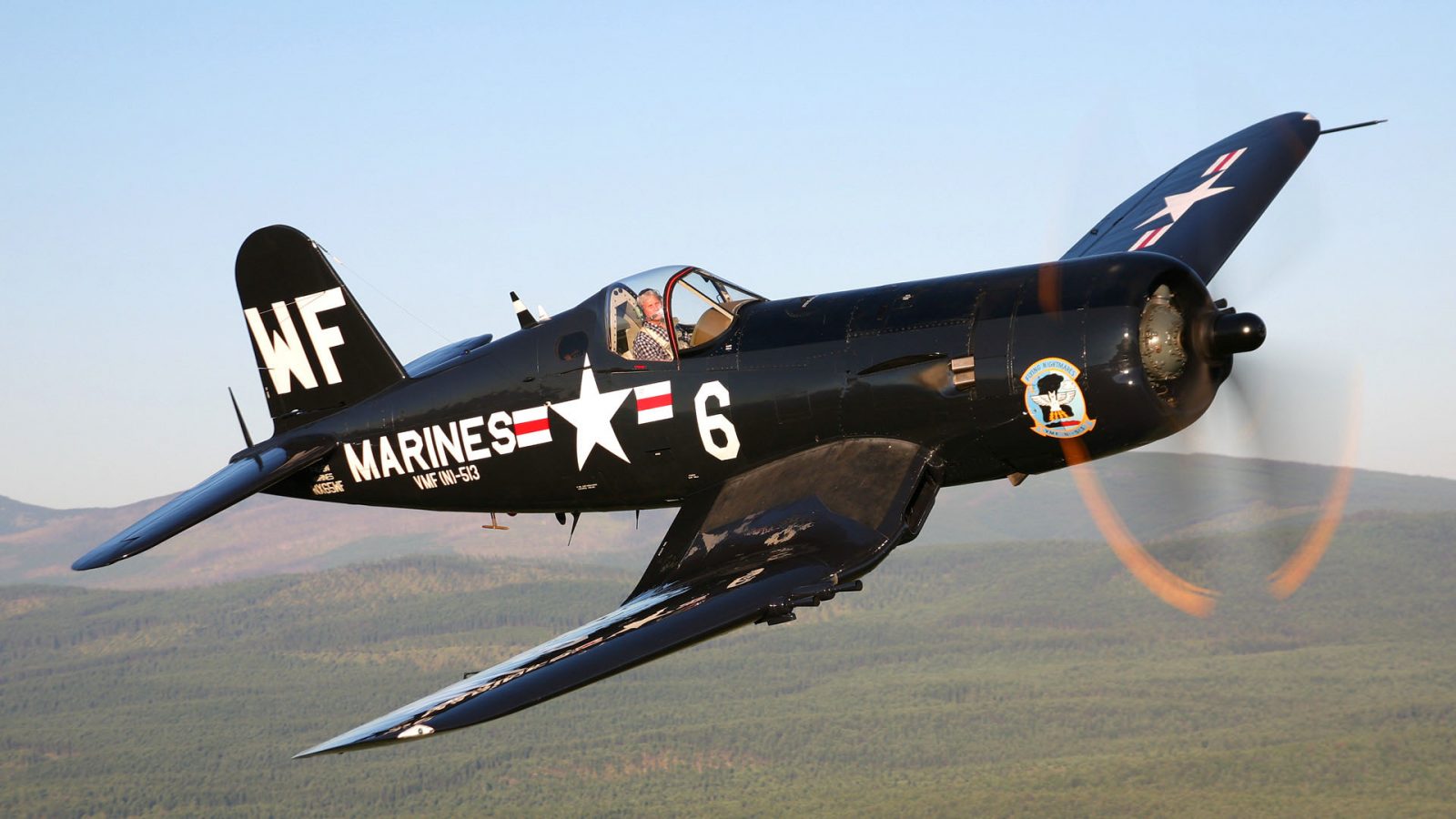
The Vought F4U Corsair is the aircraft of the US Navy flight wing that served not only in World War II but also in the Korean War. During the serving of these two wars, the aircraft proved itself to be a resilient and destructive force in the skies during its time. The Vought F4U Corsair was designed with an intention to be a carrier-based fighter plane and it instantly became the favorite of the US Army’s Marine Corps. They sued the Vought F4U Corsair for their close air support missions for the ground operations.
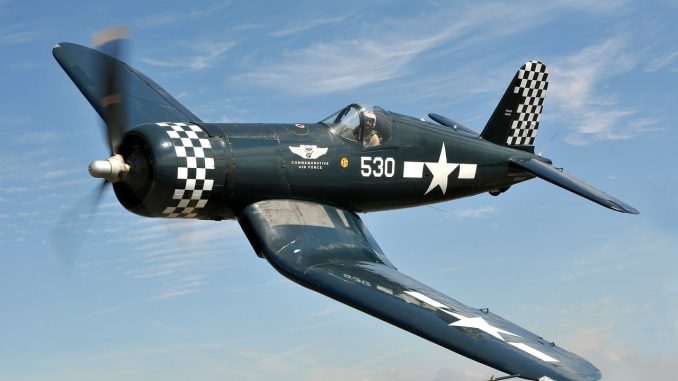
The one word to describe Vought F4U Corsair is “Overpowered” starting from the engine to speed to armament; everything was simply ahead of any other fighter. It was powered by a single Pratt & Whitney engine that gave it a speed of 446 mph through a generation of 2380 HP.

The Vought F4U Corsair’s ability to climb to extreme altitudes in lesser time and the fact when combined with its armament of 6 M2 machine guns as well as 4 of the 20 mm cannons made it a harbinger of death and doom for the enemy forces.
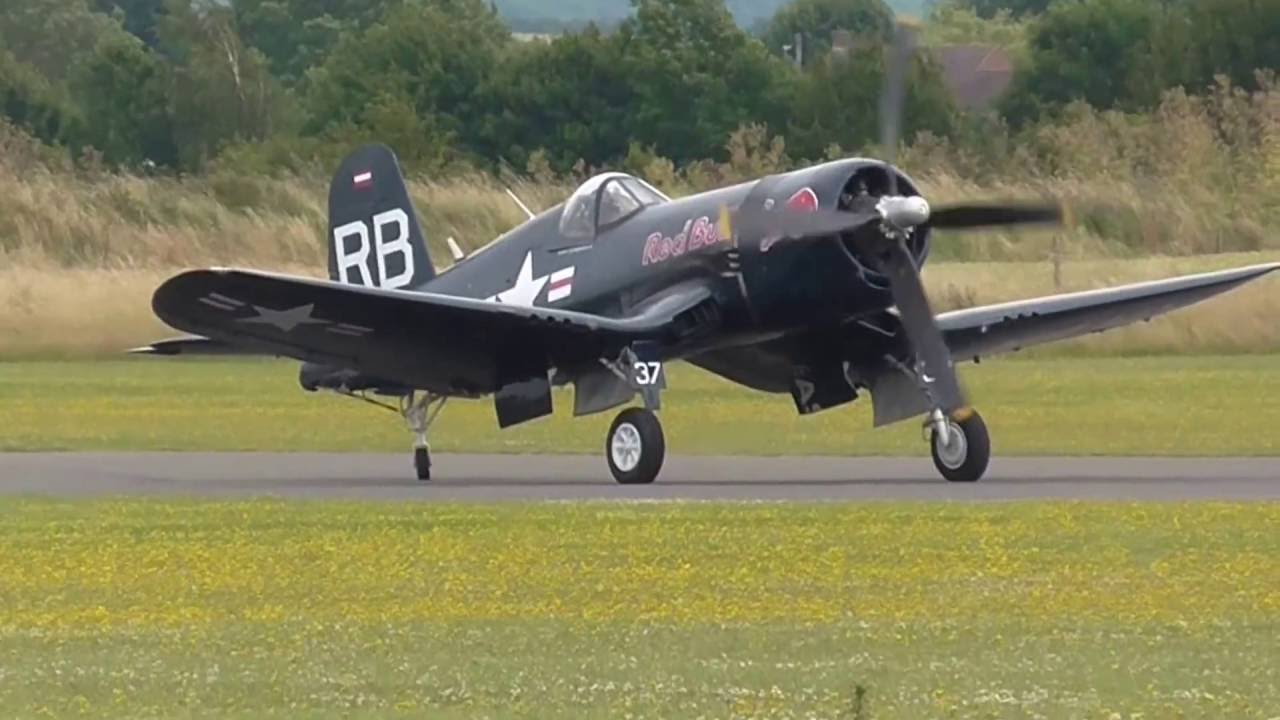
It was the only aircraft during the World War II era that on its power-on drive was able to make it was just a little shy of the sound barrier.
Junkers Ju 88
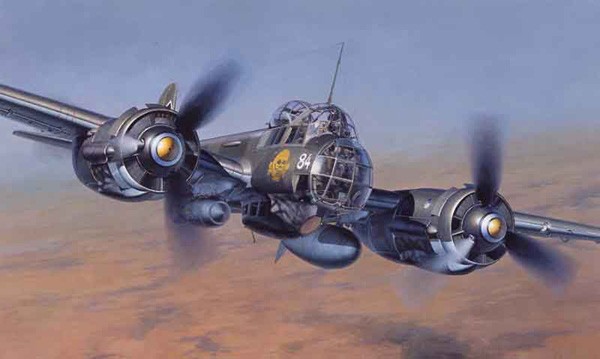
The Junkers Ju 88 was a mainstay at the Luftwaffe and while it never was renowned for its fighting power, it was famed for its ability to take fire and still perform splendidly. The Junkers Ju 88 was a twin designed aircraft that had been designed by German engineers with an intention to give the air force a multirole aircraft.
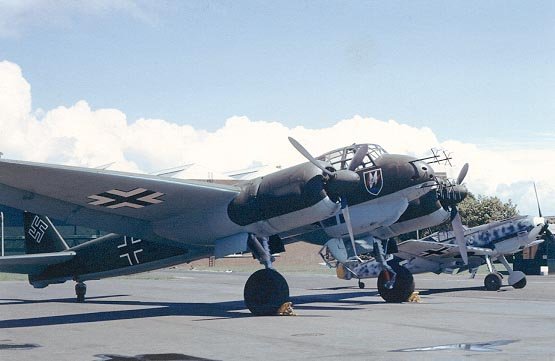
The Junkers Ju 88 is the fighter bomber aircraft from the very 1st generation of the fighter bombers and due to its capabilities; it earned the moniker “schnellbomber” which translates to Fast bomber. The Junkers Ju 88 was not known for carrying a heavy ordinance payload instead it carried far lighter bombing ordnance but delivered it with a speed that was able to outspeed many of the fighters of its time.
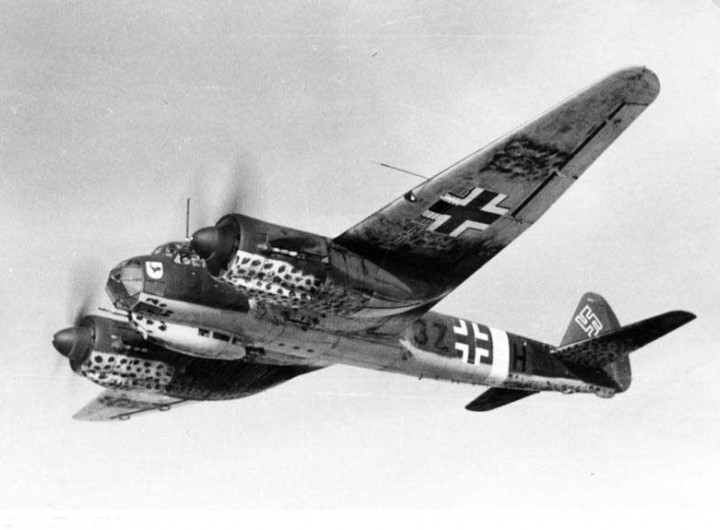
Due to a versatile approach being carried out in its design, the Junkers Ju 88 appeared to be an aircraft of following types.
- Fighter bomber
- Night Fighter
- Heavy Bomber
- Torpedo Bomber
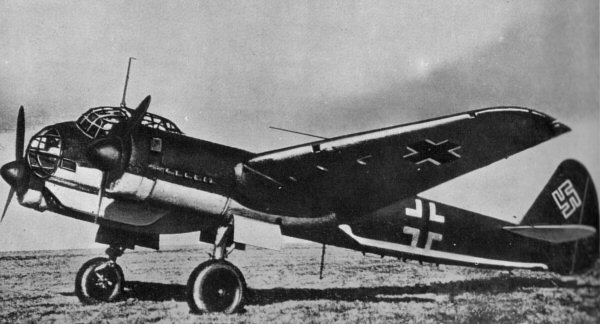
Despite the specs being modified depending on the model type, every Junkers Ju 88 had a BMW built twin engines.
Mitsubishi A6M Zero
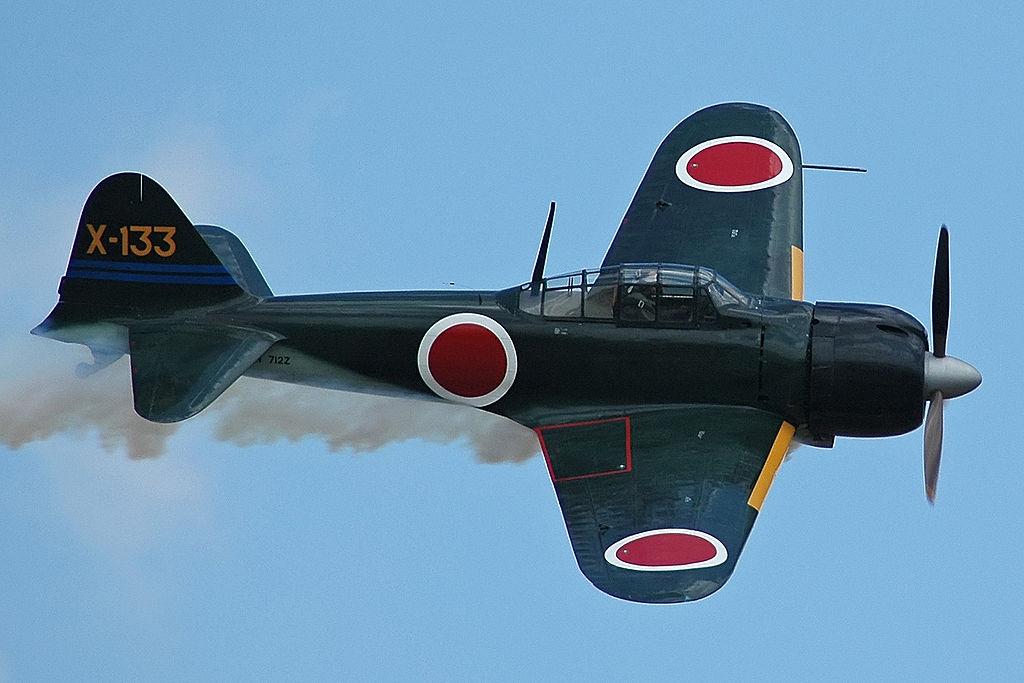
The Mitsubishi A6M Zero happened to be an aircraft that was highly controversial even during World War II. While the aviation enthusiasts loved the aircraft for its amazing performance and its technicalities, they still hated for its role during the Pearl Harbor attack that led to the loss of many American soldier lives.

The Mitsubishi A6M Zero was placed in the service back in 1939 by Imperial Japan and it quickly turned America’s assumption related to Japan’s armed forces.

The aircraft with its low mounted cantilevered wings was able to have an aerodynamic feature that allowed it deft maneuvering capabilities.Powered by a single Nakajima Sakae 12 engine delivering the 940 HP was able to provide the Mitsubishi A6M Zero with a top speed of 410 mph. when mounted with 2 of the .303 caliber machine guns along with 20 mm canons was something that gave Mitsubishi A6M Zero more firepower than any of its other competitor fighters.
Hawker Hurricane
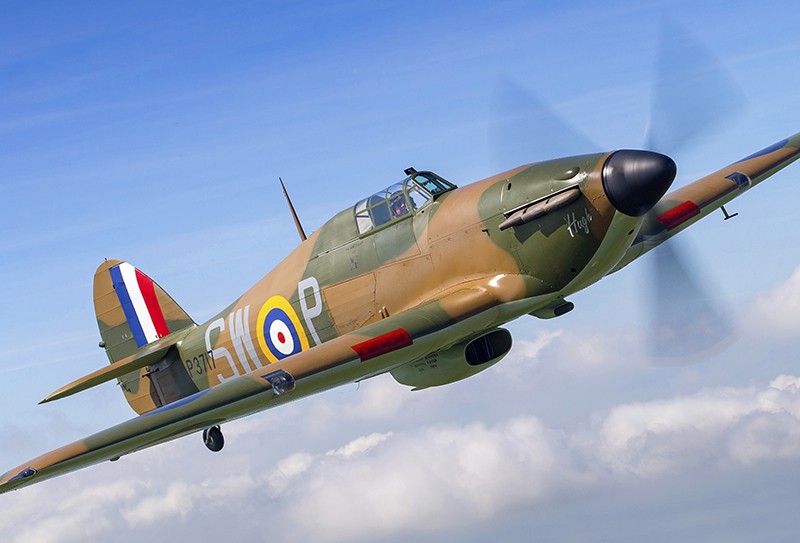
The Hawker Hurricane which entered the active service back in 1937 and till the day when it took its last flight was an aircraft that earned its spot in every list of the fighter planes that was ever written.The aircraft was the one that was able to deliver the heavy damage to the Luftwaffe forces during the Battle of Britain.
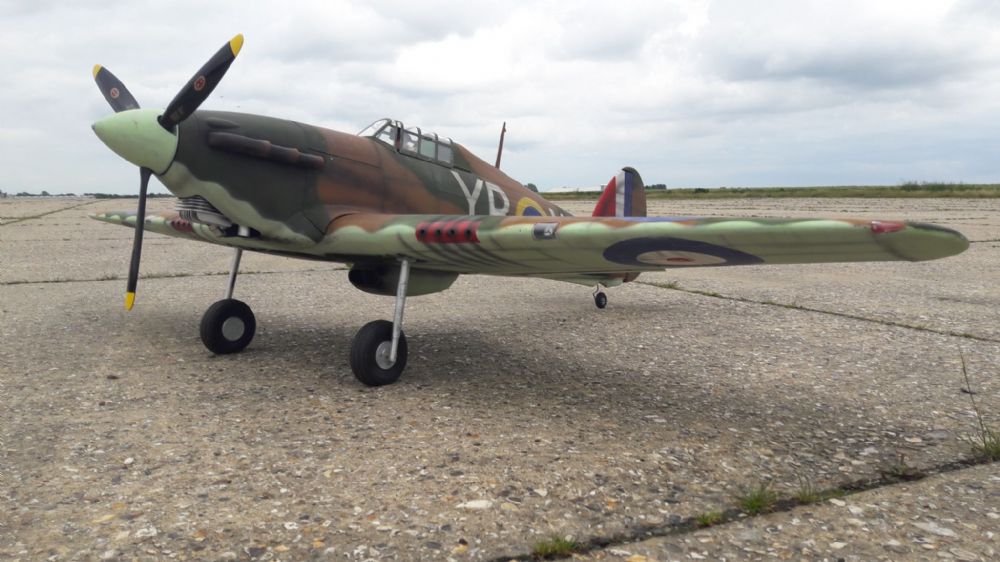
The Hawker Hurricane was powered by a single Rolls Royce engine that pushed to extreme gave the aircraft a top speed of nearly 340 mph. as for the firepower, it was equipped with 4 of the Hispano MkII cannons that had the ability to shoot down any other fighter straight to the ground.

Nearly 15000 of these aircraft were manufactured with both land-based and carrier based variants. Nowadays only 12 of these remain in flyable condition wheel many of them are in museums for the lovers of history.
Related Content

